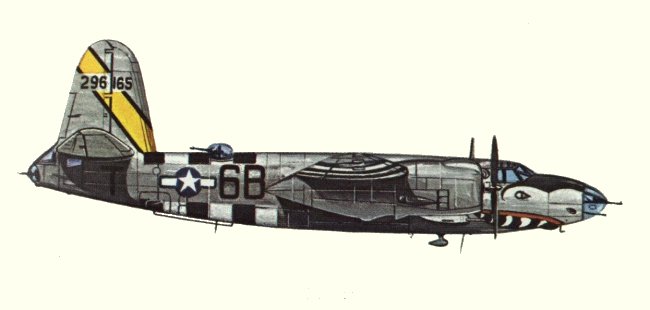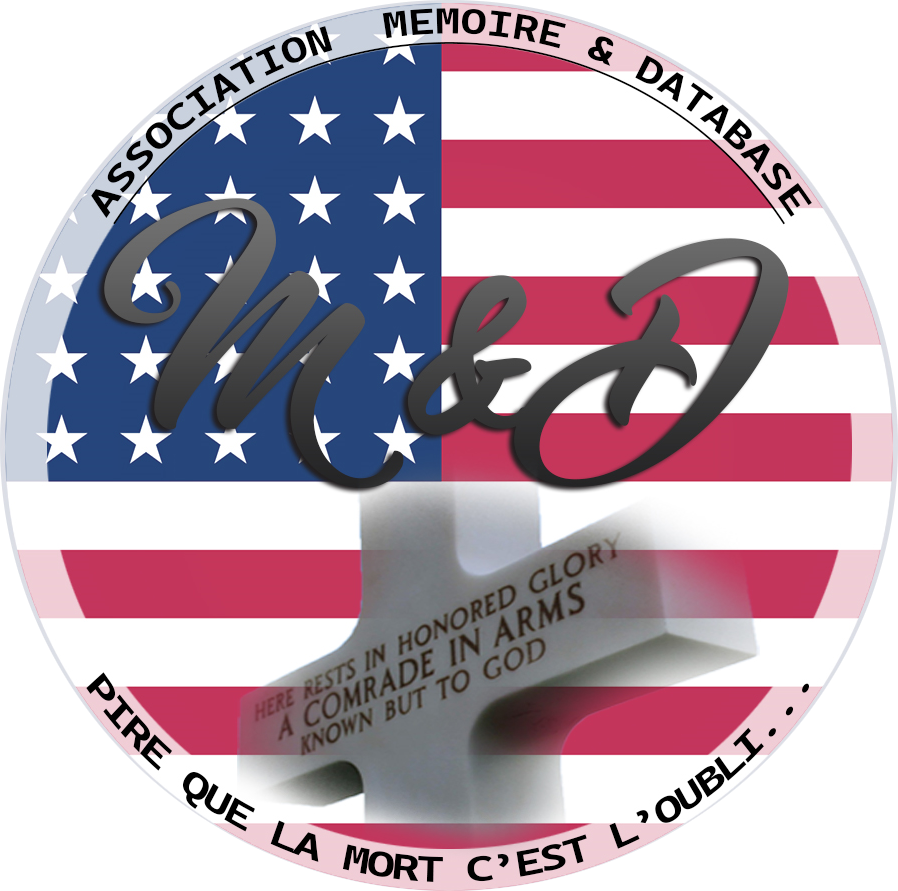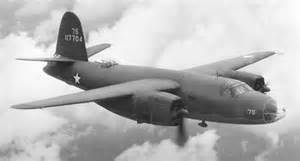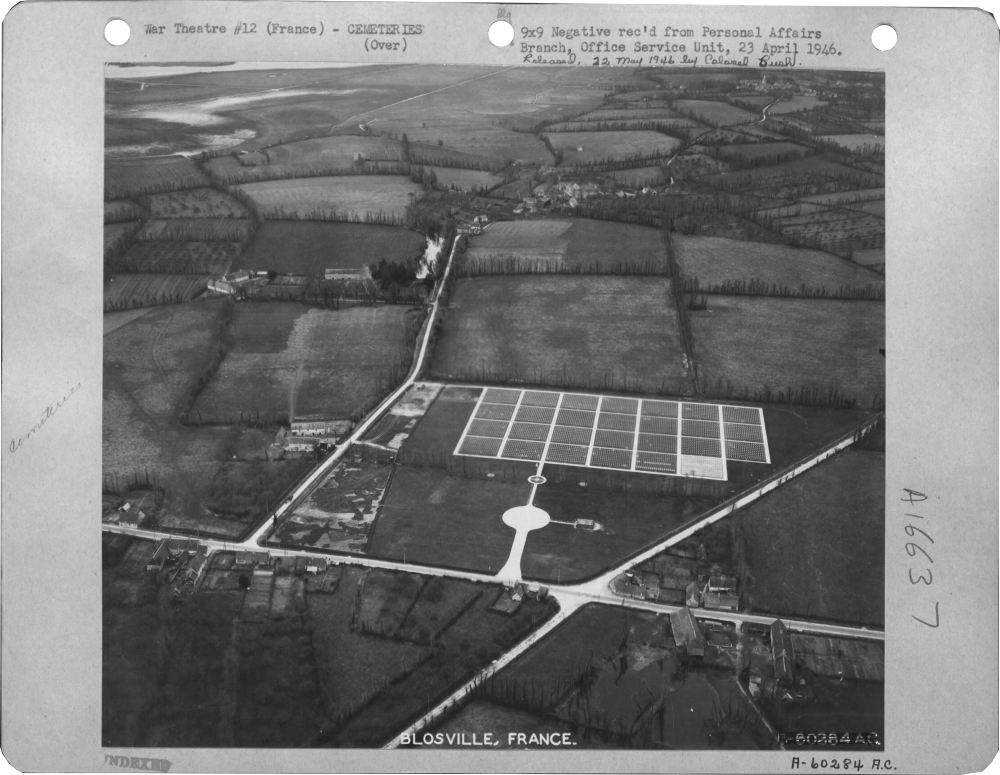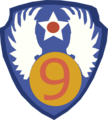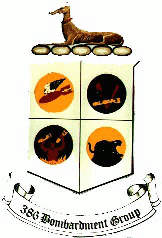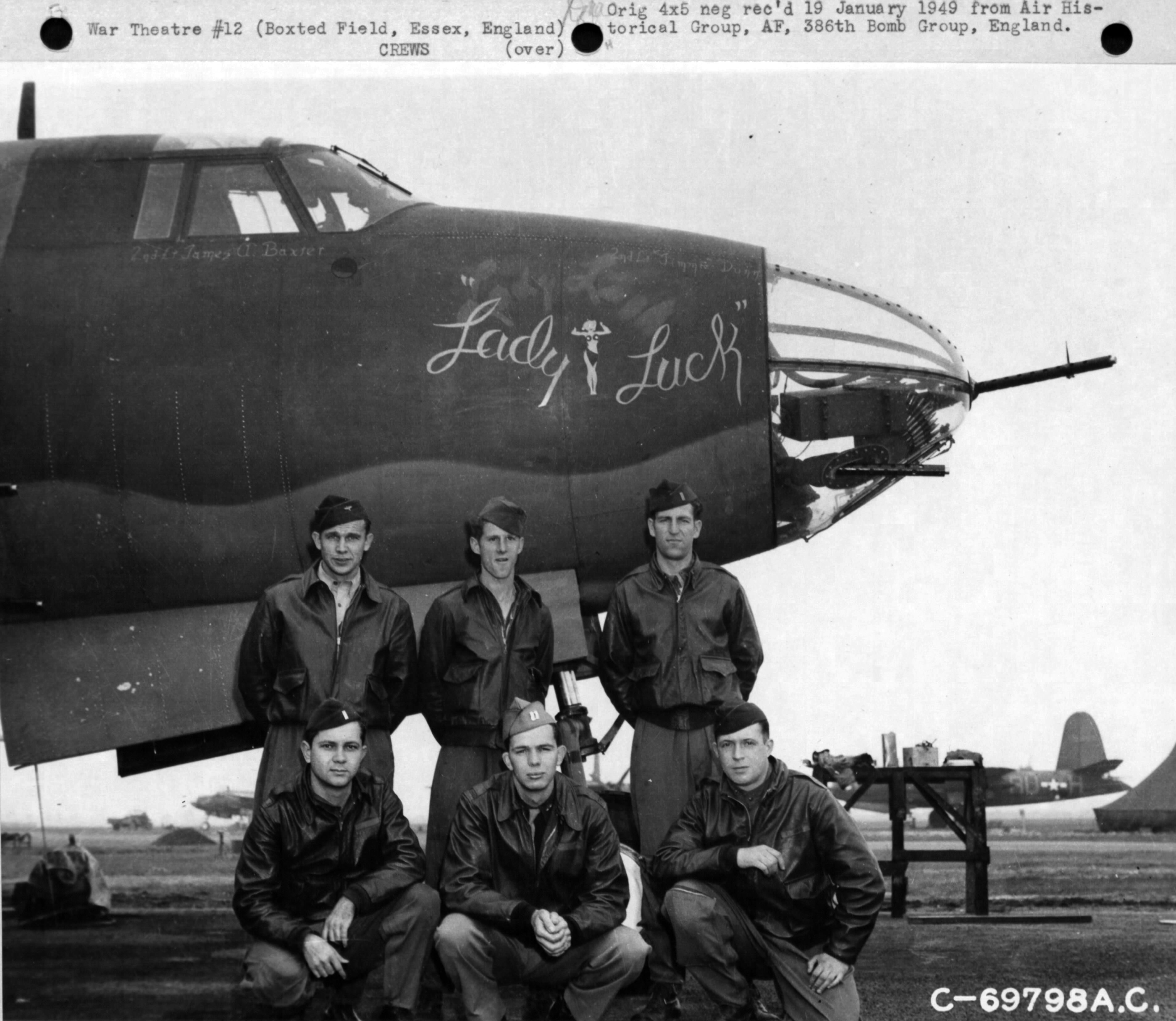|
Thursday, February 10, 1944: 386th Bomb Group Missions 96, 97, and 98.
Briefing was called to order at 0630 hours. IX Bomber Command Field Order Number 196 directs the 386th Bomb Group to attack three V-1 targets in France with three boxes of aircraft. Box one will attack LS A-71 with eighteen aircraft. Box two will attack LS A-85 with eighteen aircraft. Box three will attack LS A-79 with twelve aircraft. 11 Group RAF will furnish Spitfire Escort and support during attacks on targets in France.
The 386th Group will rendezvous with fighter escort at Dungeness, altitude 11,500 feet - Zero Hour plus 10 minutes. The 387th Group will rendezvous with fighters at Dungeness at Zero Hour. Altitude will be 11,500 feet. The 323rd Group will rendezvous with their fighter escort at Zero Hour plus 20 minutes, at 11,500 feet. They have the same targets as the 387th Group. The 322nd Group will rendezvous with fighters at Zero Hour plus 30 minutes. They have the same target as the 386th Group. All bomb groups will bomb their targets independently. All planes are loaded with 6 x 500 general-purpose demolition bombs fused one-tenth second delay nose, and one-fortieth second delay. All planes will have intervalometers setting at minimum.
Route out: Base two Dungeness to Ault to 49 Degrees 53 Minutes North--01 Degrees 59 Minutes East to 50 Degrees 05 Degrees North - 02 Degrees 30 Minutes East to targets, Number A-71, A-85, and A-79. Route back: Targets to three miles south of Le Touquet to Dungeness to Base. Axis of attack: Generally southeast to northwest. Aiming point: Center of the target. All Groups will bomb on GEE, unless visual bombing is possible. Emergency airdromes: Manston and Gravesend.
Communications: GEE information: Grade A - Eastern Wyoming for entire mission. Southern Carolina for entire mission. Splasher Beacons: 4A, 5B, 6C, 7D, 8E, 9F, 10G, 11H, and 16I for entire mission. Emergency homing to following stations on VHF Channel D. Gravesend call sign: Coastwise. Earls Colne call sign: Bosskin. Air-Sea-Rescue also on VHF Channel D. 386th bomber to fighter on VHF Channel B. Bomber call sign for target A-71 is Buckshot 1; call sign for target A-85 is Buckshot 2, call sign for target A-79 is Buckshot 3. Fighters on VHF, call sign are Dunlop. Fighter Ground Station call sign is Bellfield. Box leaders or deputy will report on Command Control Frequency after clearing the enemy coast out.
Flak defenses: Heavy type in area from four miles west of Bernaville to a point north of Cresy Forest. Reported to be slight to moderate in intensity, inaccurate to accurate, evasive action will be taken! Gunners be on lookout for enemy fighters along all routes. Weather outlook at 0800 hours: Take off: seven-tenths stratocumulus, base 2,000 feet, with tops of 4,000 feet over base. Visibility three miles. Route out: Same as above then decreasing to four to five-tenths over south England and channel. Becoming eight to nine-tenths inland over France with tops estimated at 8,000 feet. Visibility four miles increasing to unlimited along coast and remaining unlimited for rest of route. Possible cloud cover over primary target area! Return route similar to route out. Temperature at 12,000 feet, minus 16 degrees Centigrade, wind from 340 degrees at 70 m.p.h.
A time check was made with a ten second count down. Briefing ended at 0710 hours. Flight crews were issued escape kits along with a candy bar and a package of gum while filing out of the briefing room. Soon they were on trucks carrying them out to assigned aircraft; which were parked on hardstands around the airdrome. Pilots and engineers made their usual aircraft inspection as other crew members checked out flight equipment. Engine start up time rolled around at 0745 hours - five minutes later planes began to taxi on the perimeter track toward the active end of the runway.
Formation leader Major Ramsey began his take off roll with, “YE OLDE CROCKE” 131755 RU-F at 0800 hours. His high flight leader was Lieutenant Robert B. Spencer flying, “LADY LUCK” 134947 RU-K. Low flight leader was Captain Tipton with his ship, “TOUCH O TEXAS” 131844 AN-F. Second box leader was Lieutenant Elling his plane was named, “LORETTA YOUNG” 131624 YA-S. High flight leader was Lieutenant J.E. Miller with his ship, “SEXY BETSY” 135358 YA-V. The low flight leader was Gianatsis with a ship called, “BLAZING HEAT” 131585 AN-J. Third box leader with all 552nd Squadron planes was Major Perry flying, “WINNIE” 131617 RG-A. The author would be flying in number two position of that flight with Lieutenant Vincent and crew in ship number 131945 RG-W. High flight leader was Lieutenant Bud Lambert flying his ship named, BLACK MAGIC”131620 RG-R. The third box did not have a low flight scheduled for this mission.
Forty-four Marauders departed the Great Dunmow air space at 0855 hours on a heading of 157 degrees true for Dungeness; where rendezvous was accomplished at 0909 hours. Then the air armada took up a course of 160 degrees true for the enemy coast at Ault in France. Approximately mid channel gunners commenced test firing their guns. At 0922 hours the formation arrived over the enemy coast indicating an air speed of 190 M.P.H. at 12,000 feet. They were passing over nine-tenths clouds covering the general area of the Initial Point--the formation was scheduled to separate there; and head for their individual primary targets.
Box leaders found that their primary targets were obscured with clouds, so they took up a heading of 350 degrees looking for holes in the cloud cover near the enemy coast. Heavy type flak from the vicinity of Bernaville and on to the Cresy Forest area. It was accurate for position and moderate in amount, all of the boxes took evasive action. Ship number one in the high flight (“LADY LUCK”) first box was heavily hit by flak in the right side engine; it burst into flames and then blew the right wing off! The plane was piloted by Lieutenant Robert Spencer from the 554th Squadron, a single open parachute was seen just before the falling aircraft disappeared into the heavy cloud cover below!
The formation managed to drop their bomb loads on targets of opportunity at 0942, and 0943 hours. The third box made a southerly heading for a cloud break, coming back over a target of opportunity on an up-wind heading - It was bombs away at 0946 hours. The first box exited the enemy coast at 0952, second box at 0953, and the third box at 0954 hours. The boxes reassembled as they headed for base via Dungeness.
All returning bombers landed safely at base, and the interrogation of flight crew began in earnest as they reported seeing Lieutenant Spencer’s plane shot down. The lieutenant Elling crew described how the plane was stuck by flak. Other crews reporting the incident were: Flight Officer R.B. Hoffman, they stated it probably happened over the Cresy Forest area. The lieutenant J.R. Lee crew described how the plane was hit and burst into flames. Their flight position was number five in the lead flight, first box. The D.E. Vincent crew flying in number two position high flight in the third box also reported seeing the ill fated plane with its wing shot off and on fire. Also one open parachute seen. There was no enemy fighter plane reaction to today’s 386th Group operations.
Spencer crew: Lieutenant R.B. Spencer pilot (POW). Flight Officer Dayton B. Mitstifer co-pilot (KIA). Lieutenant Arch A. Dennen, Jr. bombardier (KIA). Tech Sgt. Richard R. Faith radio-gunner (KIA). Staff Sgt. Gerard G. Bergeron engineer-gunner (KIA). Staff Sgt. John L. Dorton armorer-gunner (KIA).
Note: Lieutenant Dennen had been awarded the Distinguished Flying Cross Medal per General Order Number 81. Headquarters IX Bomber Command dated December 29, 1943.
Addendum:
After being liberated from a German POW camp Robert Spencer who was now a Captain was contacted by some 386th Group members, who were now stationed Belgium. They flew over to England, and then took him back to Belgium for a three day visit. While there he picked up the DFC Medal which had been awarded to his deceased bombardier. Then sent it along with a letter to Lieutenant Arch Dennen’s family, as related by his sister, Jacqueline Dennen. Captain Robert Spencer had survived the war, but his luck ran out in 1968 - he was killed in a small plane crash while flying as a cross-country high line inspector pilot!
Chester P. Klier
Historian, 386th Bomb Group
| 
